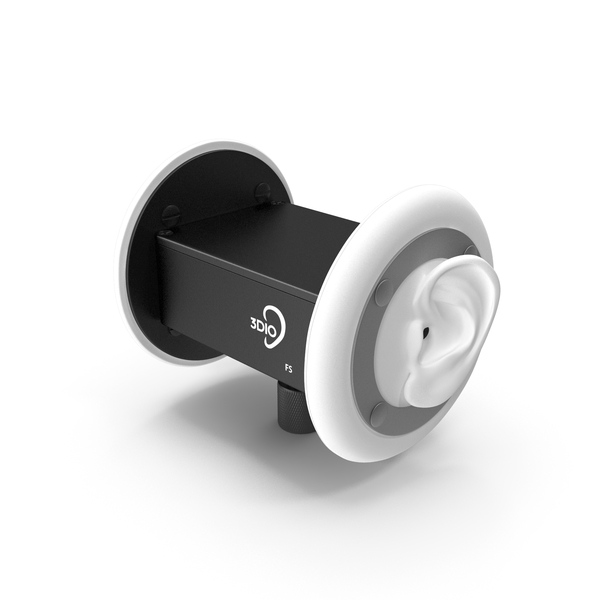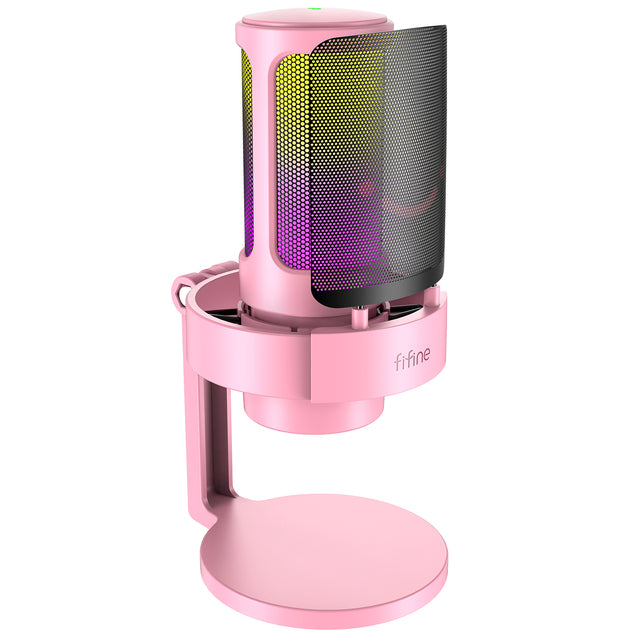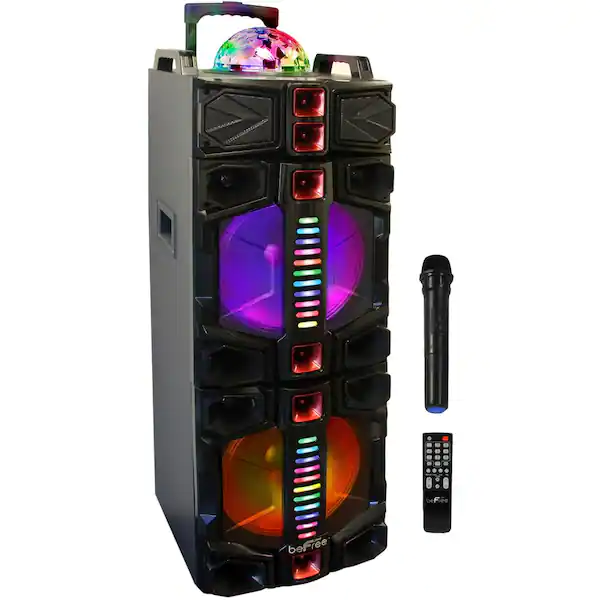In the ever-evolving world of audio recording, the binaural microphone has emerged as a groundbreaking tool. By capturing sound in a way that mimics human hearing, binaural microphones offer an immersive and realistic listening experience. This article explores how binaural microphones are changing the landscape of audio recording.
Understanding Binaural Recording
What is Binaural Recording?
Binaural recording involves capturing audio using two microphones positioned to replicate the way human ears receive sound. This technique creates a 3D stereo sound sensation for the listener, producing an audio experience that closely mimics real-life hearing. When replayed through headphones, binaural recordings make the listener feel as if they are physically present in the location where the recording was made.
The Science Behind Binaural Audio
The effectiveness of binaural recording hinges on the use of a mannequin head or a specialized head-shaped microphone array. These setups ensure that the sounds captured include the natural filtering effects of the human head and ears, known as Head-Related Transfer Functions (HRTFs). HRTFs are crucial for spatial perception, allowing the brain to interpret the direction and distance of sounds accurately. This scientific underpinning is what gives binaural recordings their unique, immersive quality.
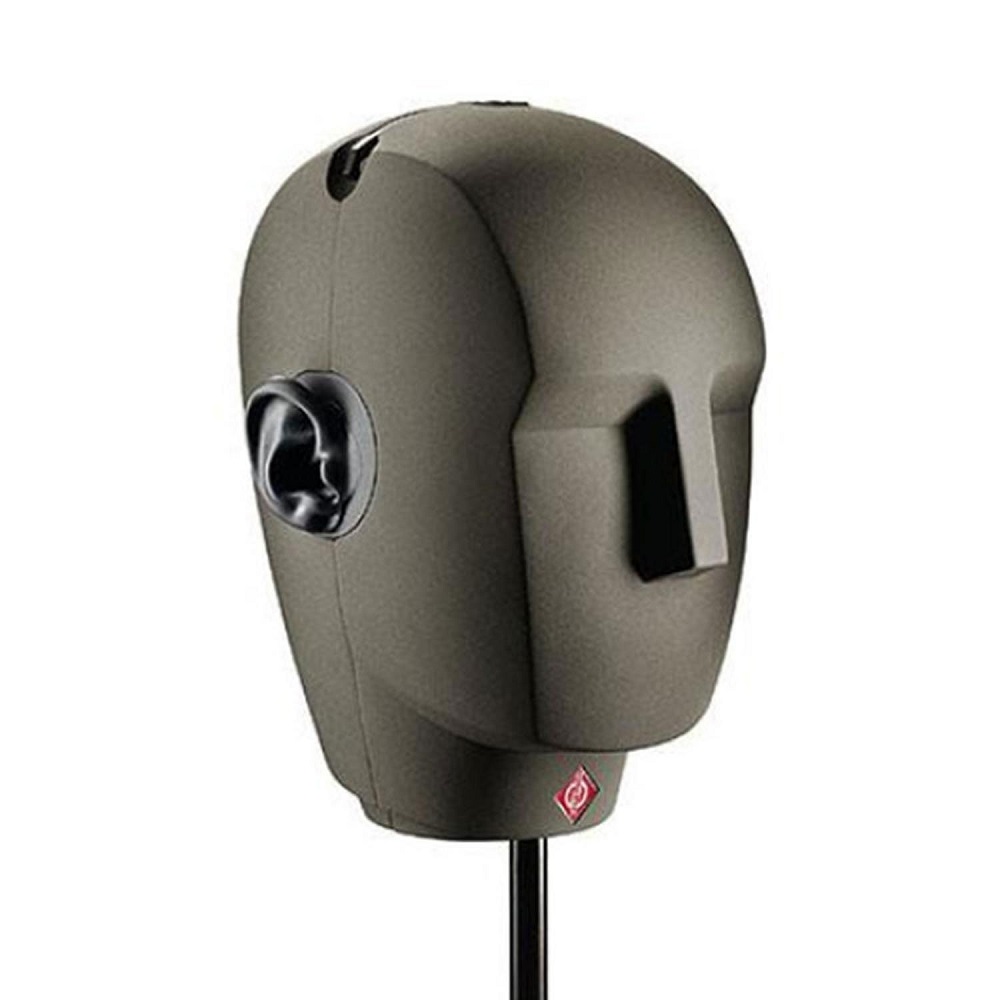
Advantages of Binaural Microphones
Immersive Sound Experience
Binaural microphones offer an unparalleled immersive sound experience. Traditional stereo recordings can’t replicate the precise spatial details that binaural microphones capture. For listeners, this means hearing sounds as if they were in the exact location where the recording was made, with precise directionality and distance cues. This enhances the overall listening experience, making it more engaging and realistic.
Enhanced Audio Realism
For content creators, binaural microphones enable the production of highly realistic audio content. Whether it’s for films, virtual reality experiences, or music, the ability to capture sound in three dimensions adds a layer of authenticity that can’t be achieved with standard recording techniques. This enhanced realism is particularly beneficial for projects that aim to immerse the audience fully, providing a richer and more convincing auditory environment.
Practical Applications
Music Production
In music production, binaural microphones can create a more dynamic and engaging listening experience. By capturing the nuances of a live performance, including the spatial positioning of instruments and audience reactions, binaural recordings can transport listeners to the performance space. This technique can be particularly effective for genres like classical, jazz, and live acoustic performances where spatial acoustics play a crucial role in the listening experience.
Virtual Reality and Gaming
Binaural audio is a game-changer for virtual reality (VR) and gaming. It enhances the sense of immersion, making VR experiences more believable and interactive. In gaming, binaural audio can provide players with a tactical advantage by accurately conveying the direction of sounds, such as footsteps or distant explosions. This added layer of realism can significantly enhance the player’s engagement and overall experience, making games more thrilling and immersive.
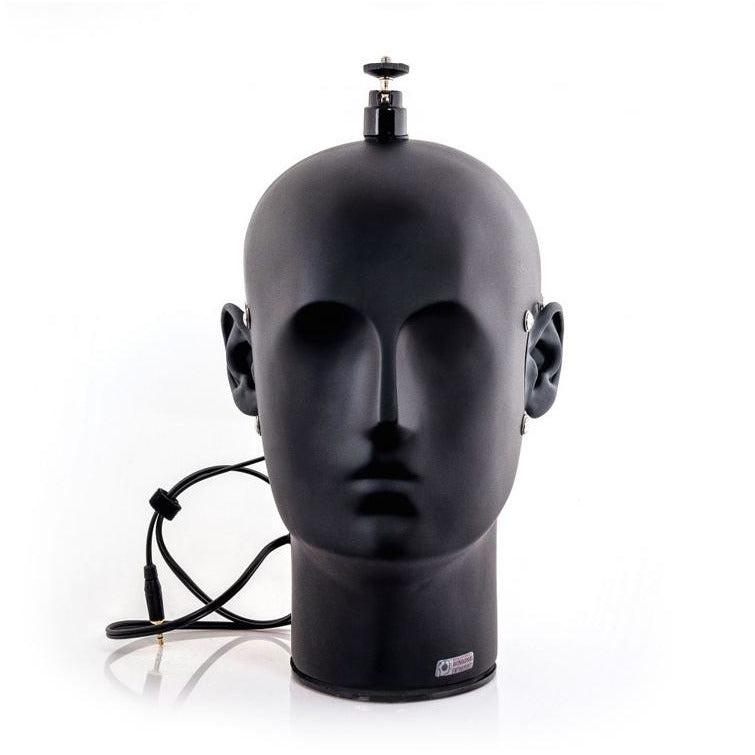
Techniques for Effective Binaural Recording
Choosing the Right Equipment
Selecting the right equipment is critical for effective binaural recording. High-quality binaural microphones or dummy head setups are essential. Popular choices include the Neumann KU 100 and the 3Dio Free Space. These microphones are designed to accurately mimic the human ear, ensuring that the recorded audio captures all the spatial details necessary for true binaural sound.
Ideal Recording Environments
The recording environment plays a significant role in the effectiveness of binaural audio. Quiet locations with minimal background noise are ideal to capture clean and immersive sounds. Additionally, the acoustic properties of the environment should be considered, as they influence how sound waves interact and are perceived. Recording in environments that naturally enhance spatial acoustics, like concert halls or quiet outdoor settings, can result in more compelling binaural recordings.
Challenges and Solutions
Technical Challenges
Binaural recording comes with its own set of technical challenges. Capturing high-quality binaural audio requires precise microphone placement and an understanding of acoustic principles. Ensuring that the microphones accurately mimic human hearing is crucial. Additionally, binaural recordings are best experienced through headphones, which can limit their practicality for certain applications where speakers are preferred.
Overcoming Limitations
To overcome the limitations, it’s important to invest in good-quality binaural microphones and to conduct thorough testing in various environments. Portable binaural microphones, like in-ear binaural microphones, offer more flexibility and can be used in a wider range of settings. Post-production editing techniques can also enhance the spatial quality of recordings. By using tools like equalization and spatial effects, audio engineers can fine-tune the recordings to improve their immersive qualities.
The Growing Popularity
Adoption in Media and Entertainment
The use of binaural microphones is growing in media and entertainment. Filmmakers, podcasters, and musicians are increasingly adopting this technology to create more engaging content. Binaural audio is featured in various forms of media, from immersive podcasts to virtual reality documentaries, providing listeners with a richer auditory experience. This growing popularity indicates a shift towards more immersive and realistic audio experiences in various media formats.
Increasing Consumer Demand
As consumers become more aware of binaural audio, demand for immersive sound experiences is rising. Enthusiasts and audiophiles are seeking out binaural recordings for their superior quality and realism. This increasing demand is driving innovations in binaural recording technology, making it more accessible to content creators and consumers alike. With more affordable equipment and widespread knowledge, binaural audio is becoming a standard for high-quality sound production.
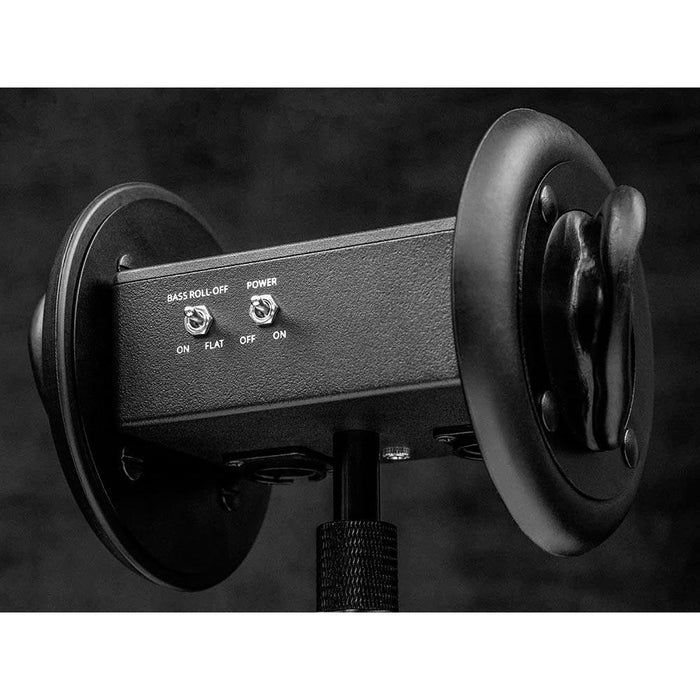
Future Prospects
Technological Advancements
The future of binaural audio looks promising with continued technological advancements. Improvements in microphone design, digital signal processing, and software tools are expected to make binaural recording even more efficient and accessible. Future innovations may include more compact and affordable binaural recording devices, as well as software solutions that can simulate binaural effects in post-production. These advancements will further enhance the quality and versatility of binaural audio.
Expanding Applications
As technology evolves, the applications of binaural audio are likely to expand. Future uses could include more immersive educational tools, enhanced telepresence systems, and advanced medical applications such as auditory research and therapy. The potential to create highly realistic soundscapes will open new possibilities in various fields. This expansion will likely drive further research and development, pushing the boundaries of what can be achieved with binaural sound.
Conclusion
Embracing Binaural Technology
Binaural microphones are revolutionizing audio recording techniques by providing an immersive and realistic listening experience. Their ability to capture sound as humans hear it opens new possibilities for various applications, from music production to virtual reality. Embracing binaural technology allows content creators to push the boundaries of creativity and deliver richer, more engaging audio experiences. Understanding the principles and techniques behind binaural recording is key to harnessing its full potential, making it an exciting and valuable tool for modern audio production.
Future of Audio Recording
The future of audio recording is undoubtedly intertwined with advancements in binaural technology. As the demand for more immersive and realistic auditory experiences grows, binaural microphones will play a crucial role in meeting these expectations. Continued innovation and research in this field will further refine and enhance binaural recording capabilities, ensuring that it remains at the forefront of high-quality audio production. By staying informed about these developments, content creators and audio professionals can leverage binaural recording techniques to create captivating and immersive soundscapes that resonate with audiences worldwide.
Final Thoughts on Binaural Microphones
The rise of binaural microphones marks a significant milestone in the evolution of audio recording techniques. As this technology continues to mature, its impact on both professional and consumer markets is undeniable. From delivering lifelike soundscapes in virtual reality to enhancing the subtleties of music production, binaural microphones offer a depth and realism that traditional recording methods simply cannot match. For content creators, understanding and mastering this technology opens new avenues for creativity and listener engagement. For consumers, it promises a richer auditory experience, whether they’re enjoying a live concert recording, a riveting podcast, or an immersive VR game. As we look to the future, the potential for binaural audio to transform the landscape of sound is immense, making it an exciting field to watch and explore.
